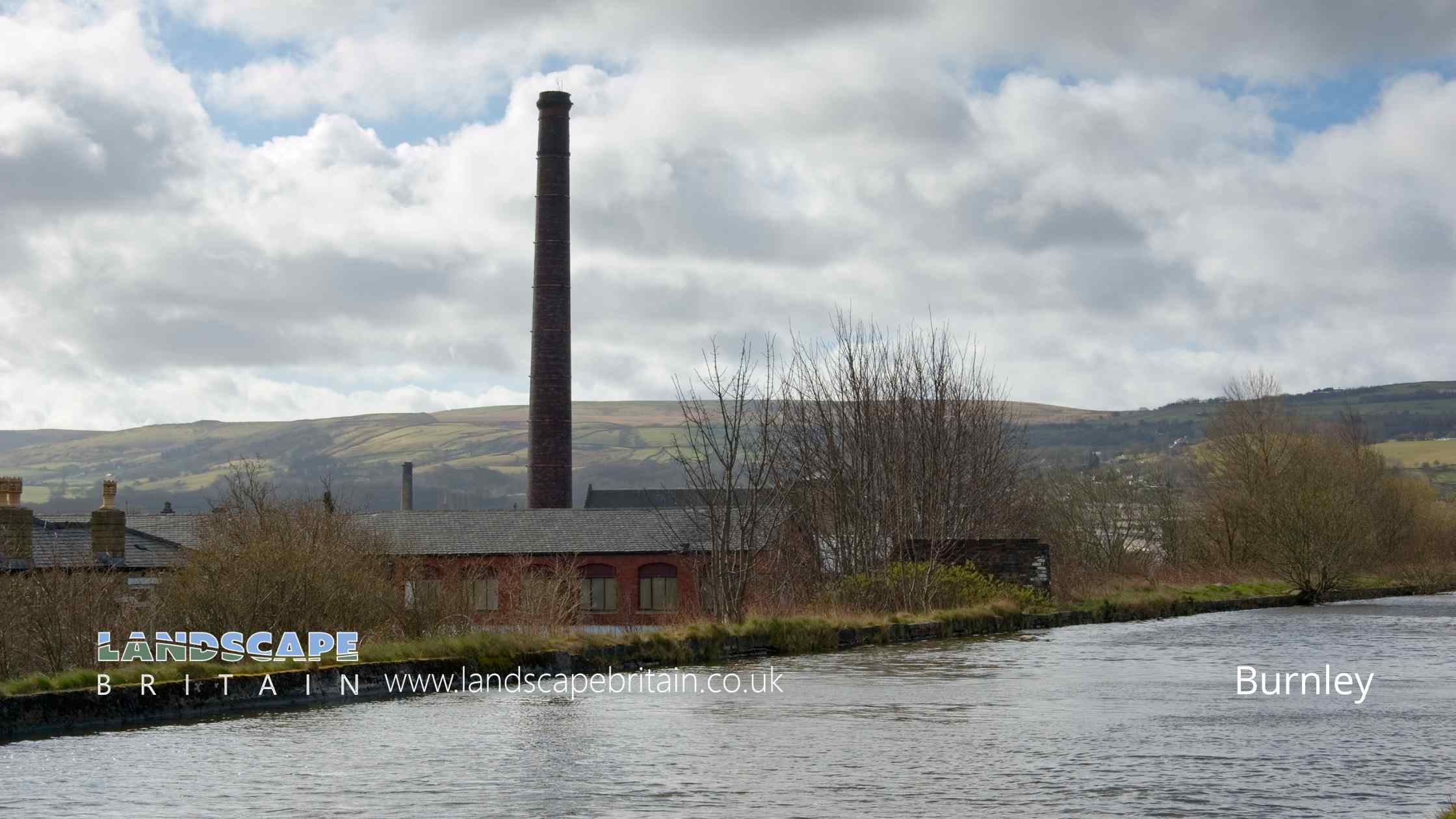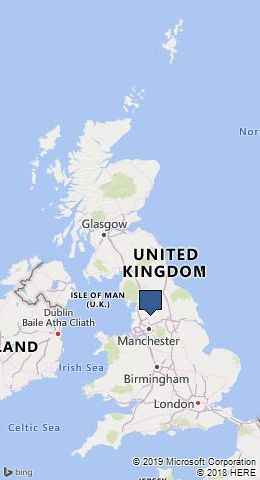
Burnley by jmci
Burnley
Burnley is a large market town in Lancashire, located in the northwest of England, roughly equidistant between Manchester and Leeds. It lies at the confluence of the River Calder and River Brun, in a valley surrounded by moorland and the southern Pennines. Burnley developed from a small medieval village into a major industrial town during the 18th and 19th centuries, primarily due to its role in the textile industry.
During the Industrial Revolution, Burnley became one of the world’s most important cotton-weaving towns. By the late 19th century, it had one of the largest concentrations of looms in the world. The Leeds and Liverpool Canal, along with the arrival of the railway, supported this growth by facilitating the movement of coal, cotton, and finished textiles. Many of the mills have now been repurposed or demolished, but remnants of the town’s industrial past can still be seen in surviving chimneys, stone warehouses, and mill buildings.
The town centre features a mix of Victorian architecture and more modern developments. Landmarks include Burnley Town Hall, built in the 1880s, and the Weavers’ Triangle, a historic industrial area alongside the canal which has been partially restored and serves as a heritage attraction. Burnley Mechanics, a Grade II* listed building, has been converted into a theatre and arts venue.
Burnley is also known for its football club, Burnley FC, which plays at Turf Moor. The club has a long history, founded in 1882, and was one of the twelve founding members of the Football League in 1888. Turf Moor is one of the oldest football grounds still in use in the country.
In recent decades, Burnley has faced economic challenges following the decline of traditional industries, but efforts have been made to regenerate the town through investment in education, infrastructure, and new business development. The University of Central Lancashire has a presence in the town, and various business parks and enterprise zones have been developed.
The town is surrounded by scenic countryside, including parts of the Forest of Bowland Area of Outstanding Natural Beauty and the South Pennines. Nearby landmarks such as Pendle Hill and Towneley Park provide opportunities for walking, cycling, and outdoor recreation. Burnley remains a town of contrasts—steeped in industrial heritage but also looking to reinvent itself for the future.
Created: 19 February 2019 Edited: 29 June 2025
Burnley
Shopping in Burnley
Local History around Burnley
There are some historic monuments around including:
Thieveley lead mine 330m south west and 910m WSW of BuckleysIghtenhill Manor (site of)Ice house at Towneley HallHameldon Hill World War II bombing decoy, 390m north of Heights FarmHigherford Old BridgeOakmount Mill engine and engine house, Wiseman StreetWarren at Everage Clough 450m north east of New Copy FarmTwo Romano-British farmsteads known as Ring StonesRing cairn on Slipper HillCastercliff small multivallate hillfort.Lakes near Burnley
Wildlife in and Around Burnley
Mammals found in Burnley
There have been 28 species of mammals recorded in the burnley area.
| 45 Khz Pipistrelle (Pipistrellus pipistrellus) |
| American Mink (Neovison vison) |
| Bank Vole (Myodes glareolus) |
| Brown Long-Eared Bat (Plecotus auritus) |
| Daubenton's Bat (Myotis daubentonii) |
| 55 Khz Pipistrelle (Pipistrellus pygmaeus) |
| Badger (Meles meles) |
| Brown Hare (Lepus europaeus) |
| Brown Rat (Rattus norvegicus) |
| Domestic Cat (Felis catus) |
Tap here for more mammals found in and around Burnley
Birds found in Burnley
There have been 50 species of birds recorded in the burnley area.
| (Anthus spinoletta/petrosus agg.) |
| Black-Headed Gull (Chroicocephalus ridibundus) |
| Canada Goose (Branta canadensis) |
| Chiloe Wigeon (Anas sibilatrix) |
| Common Swift (Apus apus) |
| Barnacle Goose (Branta leucopsis) |
| Buzzard (Buteo buteo) |
| Carolina Wood Duck (Aix sponsa) |
| Common Sandpiper (Actitis hypoleucos) |
| Dunlin (Calidris alpina) |









